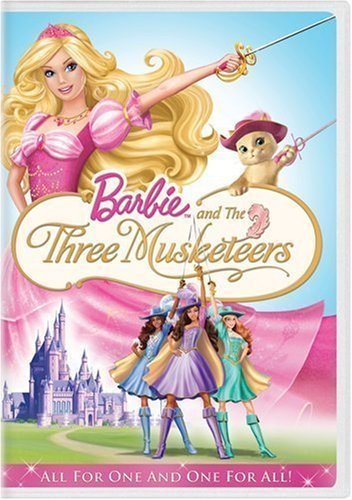Mais um post filosófico que não pretendo traduzir. Fala um pouco de como está mudando o estereótipo da mulher ideal, agora incluindo também algumas características tipicamente masculinas. Vou traduzir (nas coxas) só um trecho do final:
Ainda tenho dúvidas se esse novo (e impossível) ideal é melhor que o velho (e também impossível) ideal. O que vemos hoje é algumas gerações de mulheres das quais se espera que seja tanto masculinas como femininas. Como se não fosse suficiente estar em forma, parecer amável, cheirar bem, se voluntariar, ter uma casa limpa, um marido sexualmente saciado, filhos comportados, brilhantes e bem resolvidas... as mulheres agoras tem que mandar bem no trabalho.
Amy R. sent in the commercial below for Disney Princess bikes. In the ad, two girls save the stranded prince (a teddy bear) and then go off to have “another adventure.” It concludes, “With Disney Princess bikes, trikes, and scooters, every girl’s a princess!”
Is “princess” being redefined?
One of the compliments aimed at the new Disney movie, The Princess and the Frog, is that the heroine isn’t just a pretty face, but in fact an entrepreneur who wants to open her own restaurant and is uninterested in catching a man. This observation was made to me, for example, when I was interviewed for a story by CNN reporter Breenana Hare, who suggested that this new princess was making a break with the old princesses in more than one way.
I replied that this “new” kind of princess had been on the scene for a while. Belle, from Beauty and the Beast, according to imdb, was “a bookworm who dream[t] of life outside her provincial village,” not of a prince charming. That was 20 years ago. Both Pocohantas and Mulan were adventurous and brave. Most princesses, these days, are not perfect embodiments of femininity, they balance their femininity with a bit of masculinity. It’s ‘cess + sass as a rule.
But, to be fair, these princesses aren’t radical. They aren’t pushing the envelope of femininity. They are only reflecting the fact that ideal femininity in the West has changed such that the perfect woman now incorporates some masculine character traits. “Some” is the operative word here. Today’s ideal woman is still feminine, but she works, wears pants, and plays sports. She may even be a sports fan and drink beer. But she also preserves her femininity, especially those aspects of femininity that mark her as “for” a (just barely and totally benevolently of course) dominant male. She still doesn’t disagree too vigorously or laugh too loud. She marries a man who is slightly older, more educated, larger, taller, and makes a bit more money at his job that is just slightly higher prestige. And, no matter what, she looks, dresses, and moves in pretty, feminine ways. Barbie and the Three Musketeers is another, non-Disney example of this phenomenon:

Not a man in sight! But damn do they look good in those boots!
Simon O. also sent in a Barbie website that fits this theme nicely. It asks “What Should Barbie Be Next?” and let’s us vote on her next profession: pet vet, race car driver, ballerina, baby sitter, “kid doctor,” rock star, pediatric dentist, or wedding stylist.
Barbie can be anything she wants, as long as she looks great doing it. Or maybe it’s that Barbie can be anything she wants because she looks good doing it.
The new rule is: a girl can be anything, as long as she’s hot (and deferent when push comes to shove). Whether she likes it or not, she always gets the guy in the end because, well, she’s so damn sweet and adorable (and, yes, those words are totally coded with gendered meaning). This fact, the fact that she always still ends up with the guy in the end, is a really important part of this story… it reminds us that getting the guy is still the happy ending… even the little girls in the bike commercial came away with a “prince.”
So, yeah, we can debate about whether these princesses are a qualitative and substantial break from previous princesses. I’m not sure they are. Or, if they are, I’m not sure the difference is all that fantastic, given that the ideal is still incredibly rigid and damn difficult to live up to. And I’m not even sure I like this new (impossible) ideal any better than the old (impossible) ideal. What we see today is a couple generations of women who are expected to be both masculine and feminine. As if staying fit, looking lovely, smelling great, volunteering, and having a clean house, a sexually satiated husband, and behaved, brilliant, well-adjusted children wasn’t enough of a job… women now have to be go-getters at the law firm and ass-kickers on the court. It’s called The Second Shift and women work more and relax less than men.
For more examples of the ideal balance of femininity and masculinity, see these posts on pinkifying masculine jobs, prints, and hobbies (sports and guns), the “girl” ranchhand, this ad suggesting that a girl’s razor should be “no girly man,” the social construction of female athletes (here and here), and the color blue.
(View original at http://contexts.org/socimages)
Nenhum comentário:
Postar um comentário